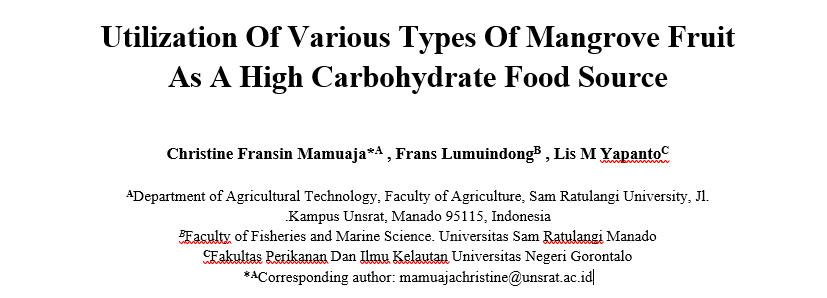Utilization Of Various Types Of Mangrove Fruit As A High Carbohydrate Food Source
DOI:
https://doi.org/10.17762/sfs.v10i1.567Keywords:
Mangrove Fruit, Food sources.Abstract
Local communities typically utilize mangrove forests to fulfill their daily requirements, such as the need for firewood, building materials, and food sources. Utilizing mangrove forest products as a means of diversifying the food supply is one strategy for overcoming the food crisis. Mangrove species with edible fruit include lindur (Bruguiera gymnorhiza (L) Lamk), Nipah (Nypa fruticans (Thunb.) Wurmb. ), api-api (Avicennia marina), mangrove (Rhizophora sp. ), tumu, tancang (Bruguiera), pidada (Sonneratia caseolaris), and warakas. (Acrostichum aureum). Bruguiera gymnorrhiza, also known as lindur, is ingested by mixing it with rice, whereas Avicennia alba (api-api) fruit can be processed into chips. The fruits of Sonneratia alba (broccoli) are processed into syrup and confectionery. The nutritional composition of mangrove fruit is predominantly composed of carbohydrates. This is due to a number of factors, such as the community's dearth of knowledge regarding the benefits of mangrove fruit and the community's belief that rice is the only source of carbohydrates.

Downloads
Published
Versions
- 2023-04-14 (2)
- 2023-04-14 (1)









